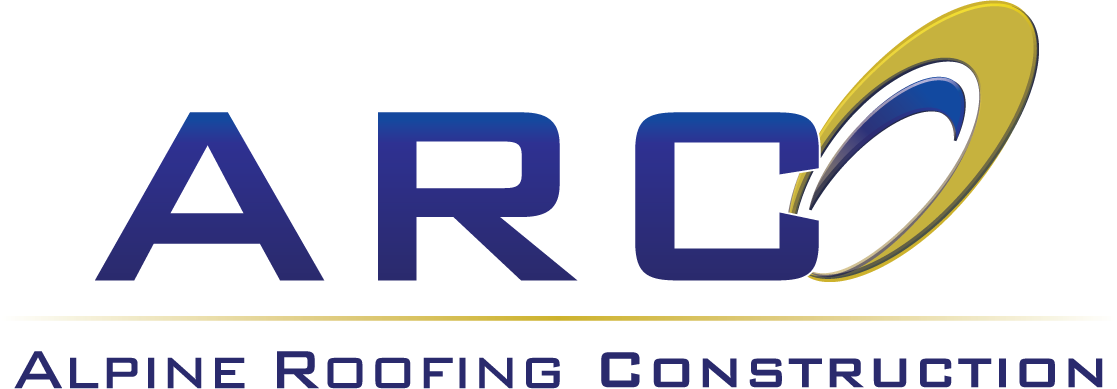It’s fair to say that every building needs a roof. While you have countless options for what goes over your head, you can reduce roofing styles to two categories: flat and pitched (or sloped). When you make choices about your roof, you first need to decide between these two options. To help you do that, you can consider these pros and cons for each option and see which might be better for your building.
Flat Roofs
Flat roofs can be almost perfectly flat, but they can also have a slight slope to them. It all depends on the design of the building. But for a roof to be considered flat by industry standards, it has to have less than a 2% rise. That means that water can collect on the roof — especially in any depressions that exist. Because of this, flat roofs are made in ways that differ completely from the construction of a pitched roof. These are the pros and cons of a flat roof design choice.
Where They Are Great
The first strength of flat roofing is the cost. Flat roofs require less structural material per square foot that they cover. That makes them cheaper to build, and it can translate to lower maintenance and repair costs too. One reason they are so popular for commercial buildings is the lower cost, and as buildings get bigger, they save more money.
Another advantage of going flat is usable roof space. At a minimum, a flat roof can hold important appliances like air-conditioning units. They can have rooftop decks or gardens or any other usable space that seems reasonable.
Lastly, flat roofs conform to the modern trends in home architecture. The most modern-looking residential spaces have flat roofs, and if you want that look, there is only one way to go.
Where They Struggle
Flat roofs do not last as long as pitched roofs. It’s a simple matter of physics. While water and debris can roll right off of a pitched roof, they collect on top of a flat one. That adds a lot of stress to the lifespan of the roof, and it means that flat roofs can last decades less than their pitched counterparts.
Since flat roofs endure more stress, they also require more maintenance. They are more prone to leaks. So when something goes wrong, it can get even worse very quickly. You cannot shingle flat roofs, and that means that flat roof materials are not as easy to fix ad hoc.
Pitched Roofs
Typically speaking, a pitched roof will rise at a ratio greater than 3:12. Statistically, most residential roofs are pitched roofs. The slope is designed to allow water and debris to naturally fall off of the roof without any intervention. This opens up a number of design options, and they all come with their own pros and cons.
How They Thrive
The big advantage of pitched roofing is that it lasts longer. Gravity works with the roof instead of against it, so the roof experiences less stress over its lifespan. Ten years is short for the life of a pitched roof. If you invest in top-tier materials, a pitched roof can last over 100 years.
The same design that increases lifespan also decreases maintenance. Pitched roofs leak less often. When there is a breach in the roof, you can usually just fix the damaged section without major repairs.
Lastly, pitched roofs offer an aesthetic element to the building. While flat roofs are trending in modern housing, they don’t impact the look of the building at all. If you picture a pretty roof right now, chances are it has a pitch to it. That’s what makes it visible from the ground and allows it to be part of the aesthetic.
How They Fall Short
The biggest downside to choosing a pitched roof is the up-front cost. Adding a pitch to a roof increases the sheer amount of material needed to build the roofing structure. That raises the weight and cost of the total project.
On top of that, pitched roofs are harder to work on. The pitch adds an element of challenge and danger. Depending on the material, you might not even be able to stand on it safely. Even though pitched roofs require less maintenance, the maintenance might be harder and costlier.
Whichever roof is right for your building, you’re going to need someone to build it. For that, you can rely on Alpine Roofing Construction. You can contact us today. We’ll discuss your project and help you find all possible options. Our expert DFW roofing construction team is dedicated to ensuring you make the right decision on your roof investment. Once you make your decision, we’ll provide professional work that constructs your roof to the highest quality.
